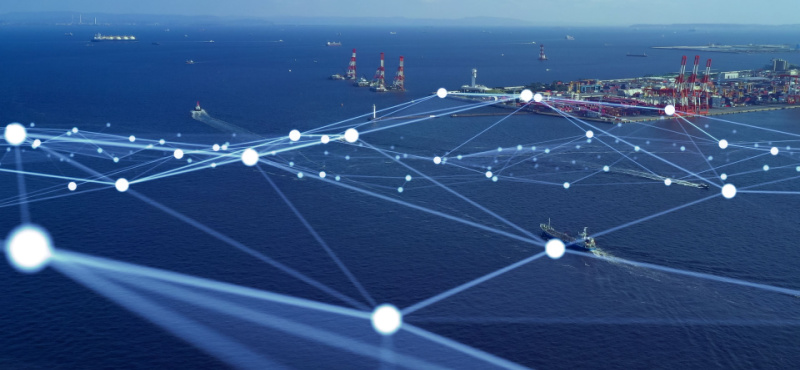Highland Wireless is your trusted local ally in Fort Lauderdale, Florida, delivering a comprehensive suite of communication solutions tailored to meet the distinct needs of businesses and maritime enthusiasts alike. With expertise in radio and wireless communications, alongside video surveillance systems, Highland Wireless is dedicated to providing reliable and innovative solutions to clients across Florida.
Highland Wireless understands the importance of seamless communication and robust security in today’s fast-paced world. Whether you’re a business looking to enhance internal communication or a boater in need of reliable marine communications, Highland Wireless has the expertise and technology to meet your needs.
Let’s explore how Highland Wireless can be your local partner for reliable communication solutions:
Radio and Wireless Communication Solutions:
- In-building wireless systems: Highland Wireless specializes in designing and implementing in-building wireless systems tailored to meet the specific needs of businesses in Fort Lauderdale and beyond. From improving Wi-Fi coverage to enhancing cellular connectivity, Highland Wireless ensures seamless communication within office buildings, warehouses, and other facilities.
- Two-way radio communications: With Highland Wireless, businesses can rely on robust two-way radio communication solutions for efficient and instant communication among staff members. Whether it’s coordinating logistics in a warehouse or ensuring security at an event, Highland Wireless offers reliable two-way radio systems to keep operations running smoothly.
Video Surveillance Systems:
- Security video surveillance systems: Highland Wireless provides cutting-edge security video surveillance systems, including fleet cameras and network cameras, to businesses in Fort Lauderdale and throughout Florida. From monitoring employee activities to deterring theft and vandalism, Highland Wireless helps businesses enhance security and protect assets with advanced video surveillance technology.
Marine Communications:
- Marine communications: For boaters and maritime enthusiasts, Highland Wireless offers specialized marine communication solutions to ensure reliable communication at sea. From marine VHF radios to satellite communication systems, Highland Wireless equips boaters with the tools they need to stay connected and safe while navigating the waters of Florida.
Why Choose Highland Wireless?
- Local expertise: As a local provider based in Fort Lauderdale, Highland Wireless understands the unique communication needs of businesses and boaters in Florida. With in-depth knowledge of the local landscape and regulations, Highland Wireless offers personalized solutions tailored to meet the specific requirements of clients across the state.
- Trusted partnerships: Highland Wireless partners with leading manufacturers and technology providers to offer clients the latest and most reliable communication and surveillance solutions. By staying at the forefront of technological advancements, Highland Wireless ensures that clients receive high-quality products and services that meet their evolving needs.
- Exceptional customer service: At Highland Wireless, customer satisfaction is paramount. From initial consultation to installation and ongoing support, Highland Wireless provides exceptional customer service every step of the way. With a team of experienced professionals dedicated to exceeding client expectations, Highland Wireless is committed to delivering a seamless and hassle-free experience for all clients.
Final Thoughts:
As your local partner for reliable communication solutions, Highland Wireless is dedicated to helping businesses and boaters in Fort Lauderdale and throughout Florida stay connected, secure, and efficient. With expertise in radio and wireless communications, as well as video surveillance systems, Highland Wireless offers a comprehensive range of solutions tailored to meet the unique needs of clients across industries.
Whether you’re looking to enhance communication within your business, improve security with advanced video surveillance technology, or ensure reliable communication at sea, Highland Wireless has the expertise and technology to meet your needs. Trust Highland Wireless to be your local partner for reliable communication solutions in Fort Lauderdale and beyond. Visit Highland Wireless to learn more about their services and how they can help you achieve your communication goals.





